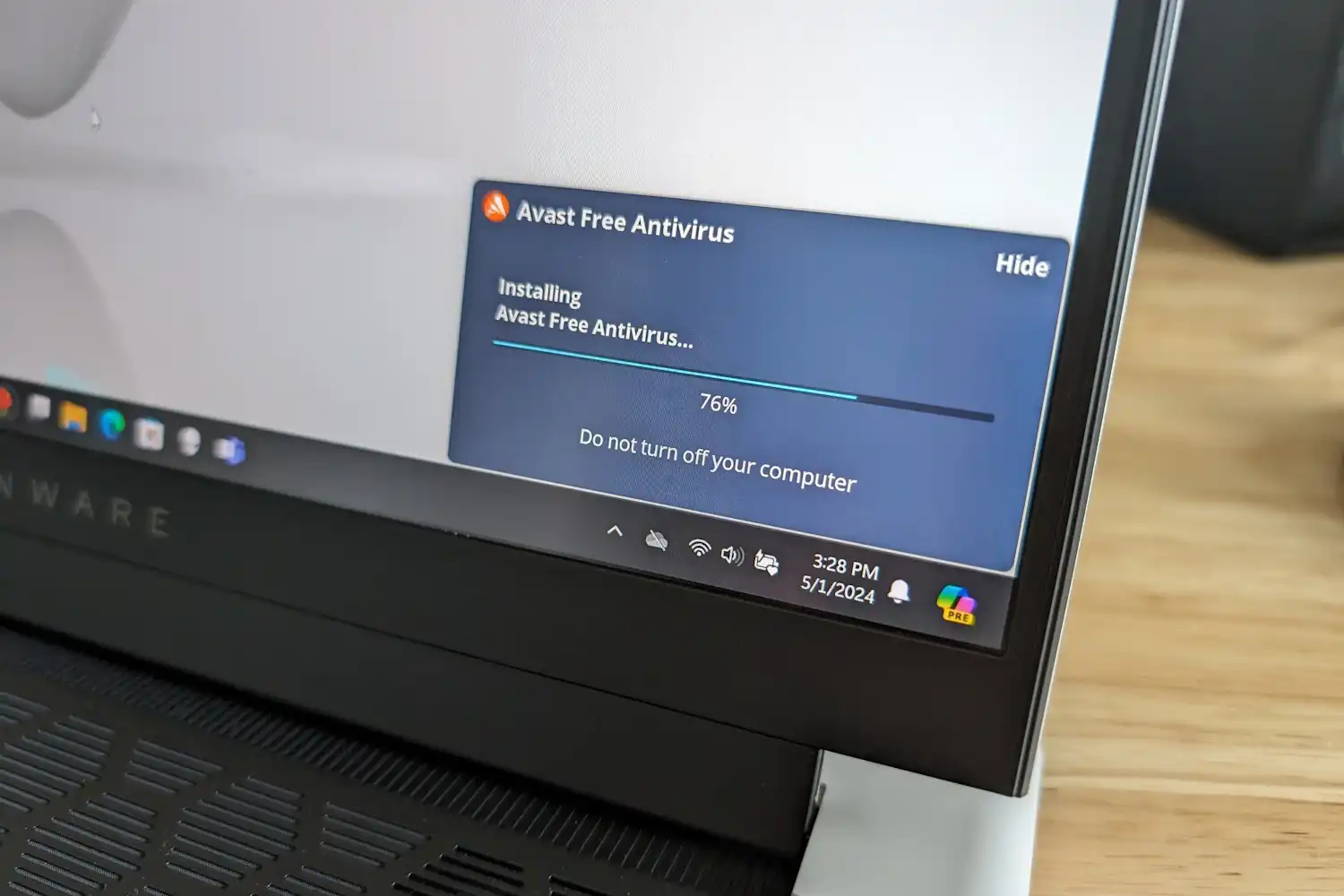
T-Mobile customers nationwide can anticipate a significant enhancement in their network services as the carrier announces access to additional midband spectrum. This boost, promised by T-Mobile’s President of Technology Ulf Ewaldsson, is expected to reach nearly 60 million users in the near future, extending to over 80 million individuals as the company erects additional towers.
The acquired spectrum, operating at the 2.5GHz frequency, forms the backbone of T-Mobile’s accelerated 5G “Ultra Capacity” offerings. Procured for $304 million in a government auction in 2022, regulatory hurdles previously hindered T-Mobile’s access to this spectrum. However, recent developments indicate a resolution to these obstacles.
Ewaldsson reveals that the carrier will implement a software update to existing towers in the upcoming days, augmenting capacity for approximately 60 million subscribers. Achieving the broader coverage of 80 million users necessitates the construction of additional cell towers, a process whose timeline remains undisclosed.
T-Mobile’s press release highlights its acquisition of licenses for additional spectrum across more than 7,000 counties, with a focus on rural areas. Although deployment specifics vary, T-Mobile assures improved performance across a majority of counties nationwide, owing to its widespread license acquisitions.
As the upgrade utilizes the same 2.5GHz frequency band already in use by T-Mobile, customers won’t require device upgrades to experience these enhancements. While specific speed estimates remain unspecified, Ewaldsson suggests that this capacity expansion will facilitate the rollout of services like T-Mobile Home Internet to a wider audience.
In addition to the 2.5GHz spectrum acquisition, T-Mobile’s spectrum portfolio includes C-Band midband spectrum acquired in 2021 and low-band 800MHz spectrum obtained through its Sprint merger. The carrier’s future plans for these holdings, particularly the C-Band rollout and the disposition of the 800MHz spectrum, are contingent on ongoing evaluations and regulatory considerations.




